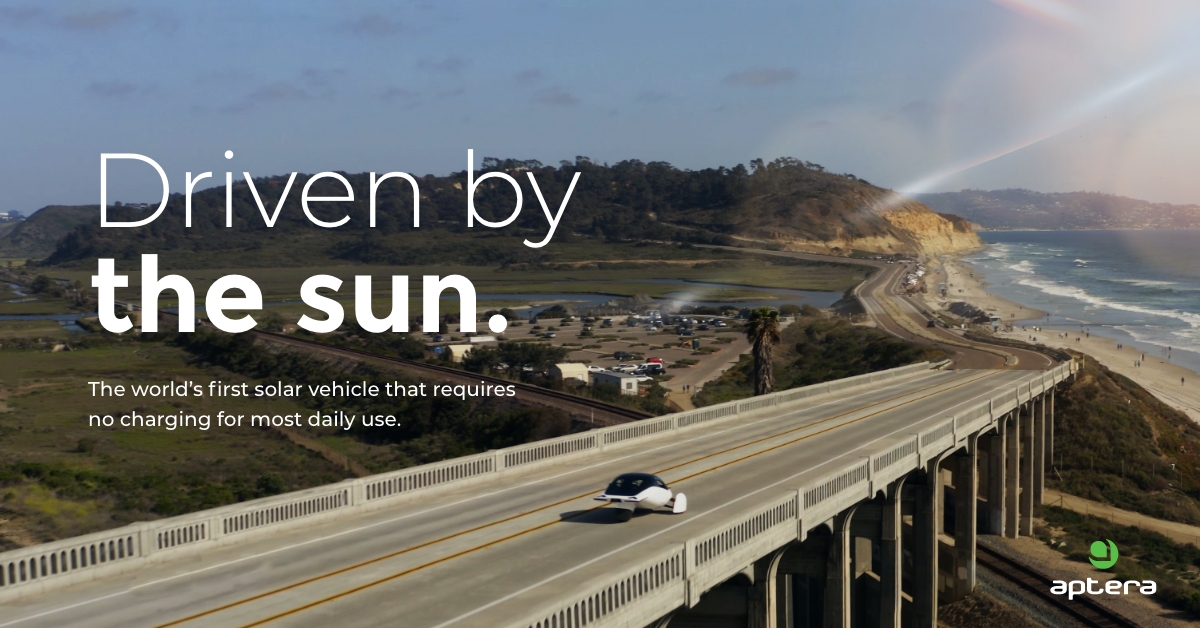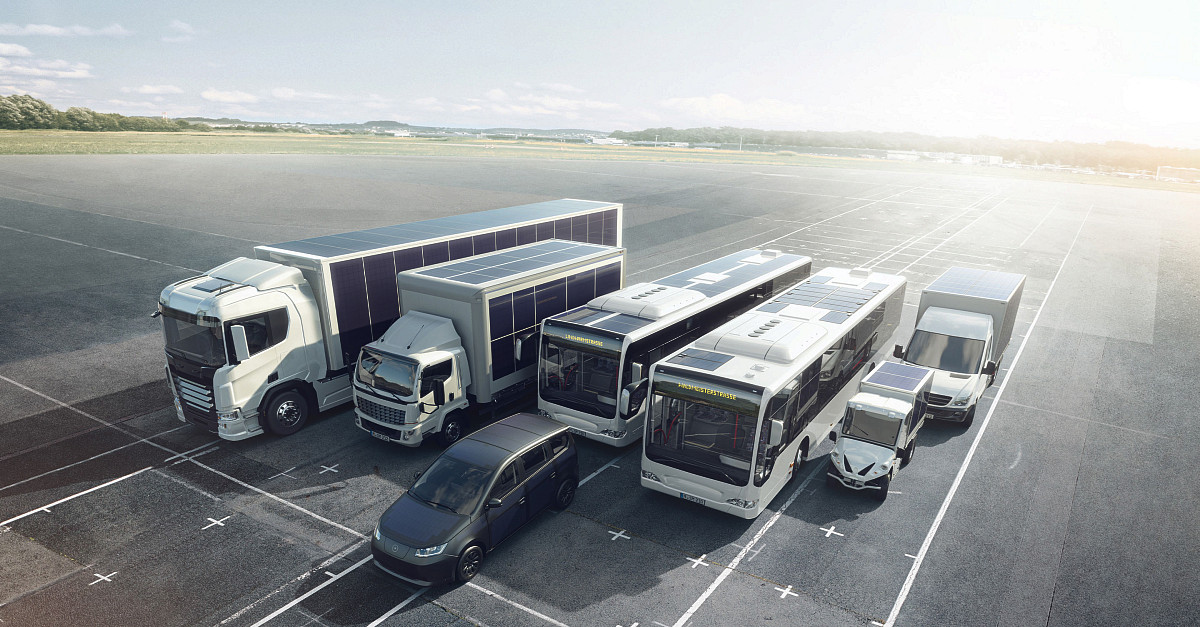It's a bad idea (in most cases).
- Cost of roof solar panels vs effectiveness (terrible ROI)
- Very limited surface area, which makes the improvement negligible in most cases.
- Poor orientation and position (unless you're lucky and you can park in such a way that it's facing the sun directly).
A quick calculation for that Hyundai brings up the following numbers:
For the average price in the US (10.42c/kWh according to google), that $1500 will save you a little over $22 dollars a year. The cost of the roof will then be justified after about 70 years.
Because it will never be the main ways to charge, you'll still need to connect the car to a proper charger so that free mile charged every three hours can be obtained in a matter of seconds from a regular charger.
In addition, for those designs that include panels all around the car, it becomes an absolutely terrible idea, because you also get the following disadvantages:
- At most 50% will be used at any one time (unless you happen to live in a system with two stars like Tatooine and they line up just right).
- Terrible orientation (this can -I assume- be somewhat mitigated with microlenses, but the price/effectiveness would have to be determined).
- Any small bump on the car will break the PV panels and make the repair very costly.
For the cost of on-board solar panels, you can have some proper solar panels that will generate WAY more power than the on-board panels, or more batteries in the car, or pay *a lot* of miles of charge when away (eg more than 80 full charges in a Tesla). All these options make much more sense.
It's the kind of thing I see as just a way to swindle money from investors who don't know any better, or the kind of desperate selling point auto manufacturers are trying to push to the equally non-educated public. The only real life application I see is in some long range overlanding 4WD for camping where solar panels are the norm and every electron counts.
I'd go as far as saying that any car manufacturer that has gone as far as including that feature in their cars should be disregarded because clearly they don't have the good engineering sense to stop and reconsider bad ideas. (Again, this doesn't apply to 4wd cars).

 www.techradar.com
www.techradar.com






